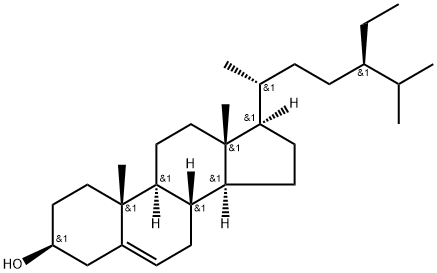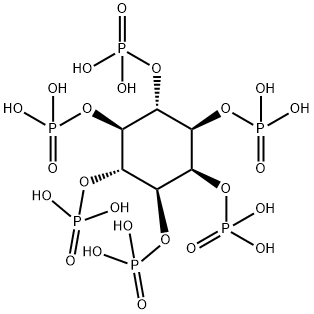PRODUCT Properties
| Melting point: | <25 °C |
| Boiling point: | 202-204 °C (10 mmHg) |
| Density | 0.85 |
| FEMA | 4196 | PHYTOL |
| refractive index | 1.461-1.469 |
| Flash point: | 179℃ (Cleveland open test) |
| storage temp. | Inert atmosphere,2-8°C |
| solubility | Insoluble in water, miscible with alcohol and oils |
| form | Oil |
| pka | 14.45±0.10(Predicted) |
| color | Light Yellow to Yellow |
| Odor | at 100.00 %. delicate floral balsam powdery waxy |
| Odor Type | floral |
| JECFA Number | 1832 |
| Merck | 14,7390 |
| Stability: | Light Sensitive |
| InChIKey | BOTWFXYSPFMFNR-PFIWFTBQSA-N |
| LogP | 8.23 |
| CAS DataBase Reference | 150-86-7(CAS DataBase Reference) |
| EPA Substance Registry System | Phytol (150-86-7) |
Description and Uses
Phytol is a diterpene alcohol obtained from the degradation of chlorophyll and has been used in the synthesis of Vitamins E and K. During the digestion process of ruminants, phytol is liberated from chlorophyll and converted to phytanic acid to be stored in fats. While humans cannot derive phytol from chlorophyll, free phytol, obtained from the consumption of ruminant adipose tissue and dairy products, is readily absorbed in the small intestine and converted to phytanic acid. Phytanic acid accumulates to toxic levels in a number of metabolic disorders, and the conversion of phytol to phytanic acid has been shown to be regulated via the activation of peroxisome proliferator-activated receptor α (PPARα). Phytol and its metabolites have also been reported to activate retinoid X receptors (RXRs; Kis range from 2.3-67.2 μM) and to promote the activity of PPAR/RXR heterodimers. Phytol also demonstrates sedative and anxiolytic effects through interaction with the GABAA receptor, and it has been explored as an antischistosomal agent in a mouse model of schistosomiasis.
trans-Phytol is a reagent that is used in the preparation of α-tocopherol analogs as mitochondrial antioxidants. It is also used as a precursor for the manufacture of synthetic forms of vitamin E and vitamin K1.
Safety
| Symbol(GHS) |     GHS05,GHS07,GHS08,GHS09 |
| Signal word | Danger |
| Hazard statements | H302-H318-H360-H370-H372-H317-H411 |
| Precautionary statements | P501-P273-P272-P260-P270-P202-P201-P264-P280-P302+P352-P391-P308+P311-P362+P364-P333+P313-P301+P312+P330-P305+P351+P338+P310-P405 |
| Hazard Codes | Xi |
| Risk Statements | 36/37/38 |
| Safety Statements | 37/39-26-36 |
| RTECS | TJ3490000 |
| HS Code | 29052290 |
| Toxicity | rabbit,LD50,skin,> 5gm/kg (5000mg/kg),Food and Chemical Toxicology. Vol. 20, Pg. 811, 1982. |





